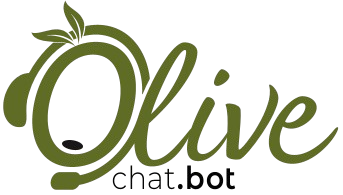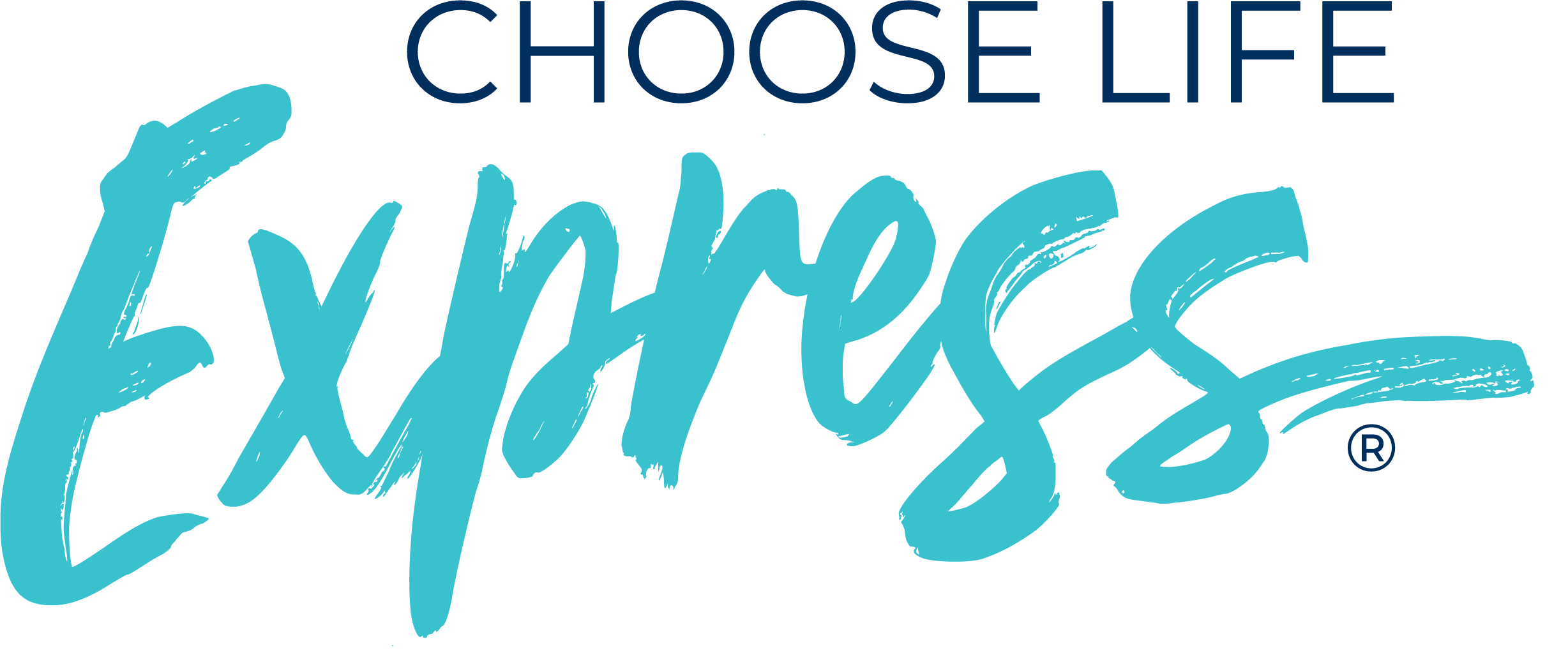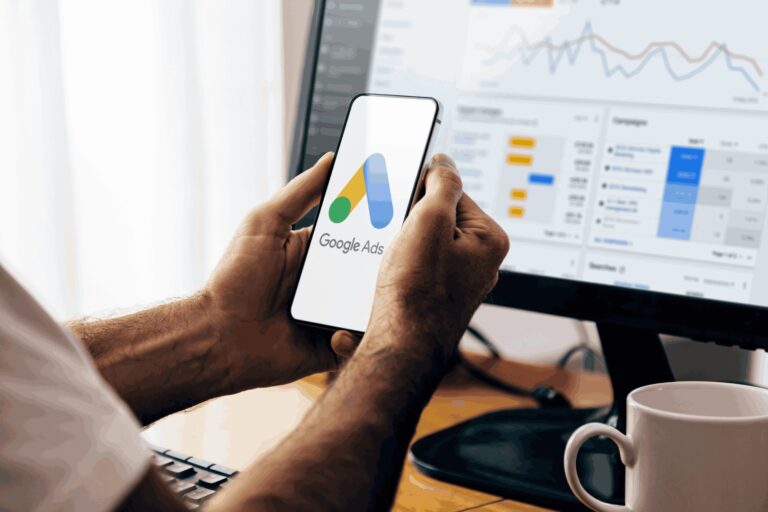Reaching Your Target Audience
You are unique in that you have two totally different audiences to target on a regular basis. As a result, your center must spend your marketing dollars wisely to both be good stewards and reach your audiences.
Who exactly is your target? How do you find them, and what do you say?
A pregnancy center, in many ways, can resemble the fabled pushmi-pullyu (pronounced “push—me—pull—you”) from the 1920 book, The Story of Doctor Doolittle. The pushmi-pullyu was a rare two-headed creature resembling a llama with horns. It had no tail but had a head at each end.
A pushmi-pullyu is understandably confused about which way to go. If one half decided to go forward, the other half had to go backward. For a pregnancy center to push forward, a financial investment must be made. But a Board of Directors’ job is to pull the organization back to be thoroughly accountable for all expenses.
Reaching your target audience where they are and communicating the correct message to draw them toward you is so important as you impact the lives of moms and their babies. In this FREE guide, we’ve provided a few intergenerational communication strategies to assist you in helping achieve your mission.
Knowing Your Target By Generation
Generations are affected by the events that occur during the formative years of their lives—war, a pandemic, stock market crashes, the sexual revolution, and more can determine their characteristics.
The following is a list of our current generations and how to target them:
Traditionalists (aka The Greatest Generation)
Born between 1928 and 1945. The youngest would be 78 years old. The Great Depression and WWII shaped this generation. Email and direct mail are the best mediums to market to them.
Baby Boomers
Born between 1946 and 1964. Many Boomers are now entering their retirement years. Some strategists divide Boomers into two groups. Boomers 1 faced the draft during the Vietnam War, and Boomers 2 (aka Generation Jones) missed the draft. Facebook is their #1 social media outlet, followed by YouTube and Instagram. They also respond to direct mail and emails.
Generation X
Born between 1965 and 1980. Having grown up with minimal parental influence, Gen Xers experienced the AIDS crisis, Operation Desert Storm, and the fall of the Berlin Wall. You will find them on Facebook, YouTube, LinkedIn, and Twitter.
Millennials (aka Generation Y)
Born between 1981 and 1996. This generation grew up in an ever-growing technological world. Many are old enough to remember 9/11. YouTube, Facebook, and Instagram are their preferred platforms.
Generation Z (aka Digital Natives)
Born between 1997 and 2012. This generation has been affected by social networking, a pandemic, the opioid crisis, and mass shootings. TikTok, YouTube, and Instagram are where you will find them.
Generation Alpha
Born between 2010 and 2024. This generation is experiencing the “Great Screen Age.” While Gen Alpha is currently growing up, they are digital natives who have likely been impacted by the isolation of the pandemic. We’re still learning about this young generation.
Two Target Markets
Pregnancy centers have two specific targets, clients and donors. For the most part, those are distinctly different generations.
Clients
Although any woman between the childbearing age of 12 to 45 (give or take a few years) is a potential client of your pregnancy center, most say the primary demographic for their clients is between the ages of 18 and 25.
A center’s particular region may determine the age of clients as well. For instance, in a community near San Francisco, the median age is 28, or Chattanooga may see primarily women in their late 30s.In rural Missouri, it’s not unusual to have 16 and 17-year-olds.
Ethnicity plays a role too. Some communities have a large Muslim population. Some have a higher percentage of a particular race, such as African American or Hispanic women. Education, income, and societal traditions also determine the type of client you see.
Donors
The majority of donors are 55 and older. In fact, Baby Boomers are the most generous generation in the U.S. Because people become more philanthropic as they age, older Americans have the savings and time to serve others. Those 78 and older (known as Traditionalists or The Greatest Generation) give the most per person.
However, the number of younger donors is rising due to digital giving. More than half (54%) of donors prefer online contributions via credit or debit card while paying by check or cash has dropped.
Single women are more likely to give than single men. But men outpace women in the total amount of charitable dollars given.
An article published by the Washington Post in 2020 stated that African Americans give a larger share of their median wealth to charities than any other racial group. Nearly two-thirds of African American households donate to community-based organizations and causes.
Religious groups generally receive the largest share of charitable donations. In 2021, the majority of giving came from individuals first, then foundations, bequests, and finally, corporations. In total, $326.87 billion was donated by individuals to charities that year.
Donors are primarily motivated to contribute towards a cause they sincerely care about. They are not only financially invested but also emotionally invested. In your case, they want to partner with you to serve moms and save lives!
Reaching Your Target Market
If your clients are between the ages of 20 and 25, Gen Z is your number one target. To better understand this woman, let’s put together a Client Persona. In marketing, a persona is a fictional character that represents your ideal client.
Your Target Client Persona – Hannah
We’ll call her Hannah, one of the most popular names in 2003. Hannah has never known a time without the internet, texting, and social media. On average, she spends about 8 hours and 40 minutes daily on her phone. Her information on her friends, politics, and social concerns comes from online sources.
Hannah went to her local community college in the next town over and lived with three other girls until the pandemic shut down the school and ended her job as a waitress at a small pizza joint. The restaurant never reopened, so Hannah lives with her divorced mom and little brother back home.
She feels directly affected by school shootings, city riots, and other events we see in the headlines. She’s angry because she says the government hasn’t done enough about gun control, climate change, income inequality, and protection for the LGBTQ community.
Hannah is passionate about animal rights, diversity, and social justice. Last summer, she participated in a rally to defund the local police and annually walks in a nearby community’s pride parade because it’s fun.
Like all of her friends, Hannah is experimenting with her sexuality. She’s had both girlfriends and boyfriends and recently had a boyfriend for about four months. Hannah took a pregnancy test last week and discovered she was pregnant.
As a devoted Instagram user, Hannah uses Instagram Stories to discuss her passions and regularly follows Gen Z For Change. Today, she’s looking for information about abortion on Instagram Reels. She’s followed influencer Olivia Julianna on TikTok for over a year, so she understands the oppression women have been under since Roe was overturned.
How Do You Reach Her?
The average Gen Z woman is on her phone nine hours a day! Like Hannah, they crave video information. In addition to Google Paid Search ads to capture her online search for abortion information, it’s crucial to deliver your message in a relevant format on social media channels like Instagram, Snapchat, TikTok, Facebook, or YouTube. This generation doesn’t like to talk on the phone or read emails, so having the ability to text is essential.
Your Target Donor Persona – The Wilsons
The Wilsons live in a suburb of a major metropolitan area. Mr. Wilson works in real estate and has had a successful career for over 45 years. He’s considering retiring in another five years.
In Mrs. Wilson’s earlier years, she worked as an English teacher. Today, she is a substitute teacher at the local high school. She volunteers with several organizations, including the resale shop for the Junior League and preparing meals for their church’s young adults group.
The Wilsons have two children. Their daughter Melissa is 44 and divorced with three children. Her youngest is 11. Unfortunately, Melissa and her children live three states over, so the Wilsons rarely see their grandchildren.
Their youngest child, Christopher, is in his 30s, married, but doesn’t have children. They don’t live far from the Wilsons, so he and his wife visit for dinner a few nights a month.
Mrs. Wilson loves to get on Facebook, sometimes spending a couple of hours at a time. She’ll often click through to a website from a social media post to learn more about a nonprofit and make a donation. She is compelled by the powerful stories shared on the website.
She regularly learns about gardening, Wheaten Terriers, and her friend’s grandchildren on her iPad. She follows her two granddaughters on Instagram and is confident they must be some type of influencers since they have so many followers. She finds YouTube videos hysterical and has been known to use the platform to research products to buy.
Their neighbors, the McDaniels, invited the Wilsons to a fundraising dinner for the local pregnancy center. Neither Mr. nor Mrs. Wilson had ever heard of a pregnancy center and were quite impressed with its mission. They made a one-time donation at the dinner and purchased a restaurant gift certificate at the auction.
Later that week, the Wilsons received an email thanking them for attending the banquet and for their generous donation. Mrs. Wilson was impressed with the email because it included a special video from one of the women who the center had helped.
How Do You Reach Them?
Statistics vary widely on how much time Baby Boomers spend on social media. Needless to say, Boomers love their Facebook, YouTube, and Instagram time. Like every generation, their use of social media spiked during the pandemic, but it continues to remain high.
For every generation, a clean and concise website is also essential. If your ad looks savvy on Facebook, but the viewer clicks on a cluttered website, you will lose them. All your marketing efforts must tie together no matter what generation you want to reach.
In addition, what is your plan for Search Engine Optimization (SEO)? You want your website to rank high on the pages both clients and donors are searching, especially for those who don’t know you exist.
Are you regularly managing your Google Business Profile page? Do you have someone optimizing the back end of your website each month? Have you added a blog to your client website? These are key pieces to reaching your target audience when they are searching.
Are You Experiencing the Pushmi-Pullyu Effect?
If your Board is questioning your budget and you know you need to do more to reach the abortion-determined woman, try building your center’s client and donor personas. Gather as much information as possible from each one. Find the trends and target your marketing efforts.
If it all sounds overwhelming, reach out to Choose Life Marketing. We specialize in smoothing the Pushmi-Pullyu effect. We know how to reach your target market, whether it’s women considering abortion or donors wanting to give. You can be confident your budget is used wisely and effectively. Give us a call to learn more.







